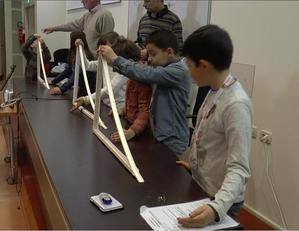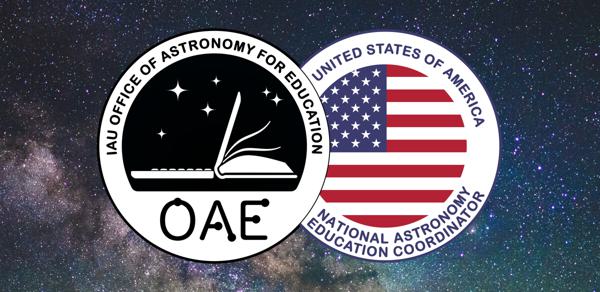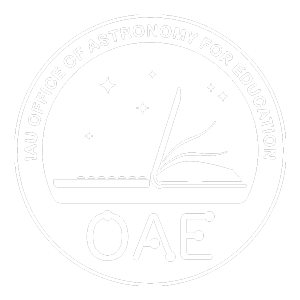Glossary term: Particle
Description: A small constituent of matter may be referred to as a particle. In classical physics, particles move through space, and at each given moment a particle has a definite location. In quantum physics, particle properties are different. Particles do not always have a definite location, and in some ways behave similar to waves.
Particle physics is the study of the smallest constituents of matter, the so-called elementary particles. For astronomy, the most important matter particles are the electron as well as the quarks, up quark and down quark, that make up the composite particles proton and neutron. Atomic matter consists of protons and neutrons forming the atomic nucleus, surrounded by electrons.
Electromagnetic radiation, as the main astronomical messenger, consists of quantum particles called photons. At lower photon energies, the wave properties of these quantum particles are most important. Radio astronomers, for instance, describe the electromagnetic radiation they receive not in terms of separate particles, but as electromagnetic waves, characterized by wavelength or frequency. On the other end of the electromagnetic spectrum, for the highest-energy photons, the particle properties are the most important. High-energy astronomers who observe using X-rays or gamma rays typically make their observations using particle detectors, and describe the properties of the radiation they receive in terms of particle energies.
Related Terms:
See this term in other languages
Term and definition status: This term and its definition have been approved by a research astronomer and a teacher
The OAE Multilingual Glossary is a project of the IAU Office of Astronomy for Education (OAE) in collaboration with the IAU Office of Astronomy Outreach (OAO). The terms and definitions were chosen, written and reviewed by a collective effort from the OAE, the OAE Centers and Nodes, the OAE National Astronomy Education Coordinators (NAECs) and other volunteers. You can find a full list of credits here. All glossary terms and their definitions are released under a Creative Commons CC BY-4.0 license and should be credited to "IAU OAE".
If you notice a factual error in this glossary definition then please get in touch.
Related Activities
Let's Break the Particles
astroEDU educational activity (links to astroEDU website) Description: Learn how energy can be transformed into various forms.
License: CC-BY-4.0 Creative Commons Attribution 4.0 International (CC BY 4.0) icons
Tags:
Hands-on
, Potential energy
, Binding energy
, Particle accelerator
Age Ranges:
8-10
, 10-12
, 12-14
Education Level:
Middle School
, Primary
Areas of Learning:
Social Research
, Traditional Science Experiment
Costs:
Medium Cost
Duration:
1 hour 30 mins
Group Size:
Group
Skills:
Analysing and interpreting data
, Asking questions
, Planning and carrying out investigations









